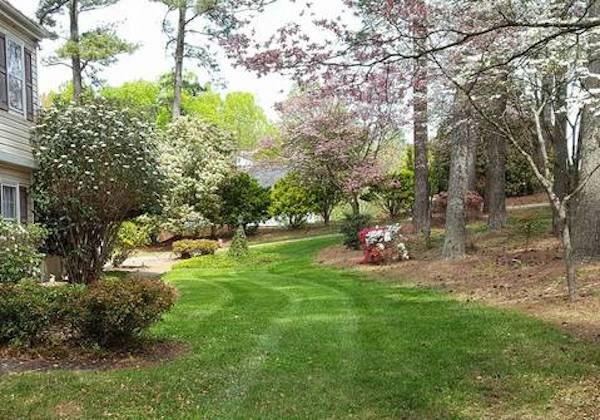
The first thing to remember with any landscape is that it’s a living, breathing entity. Even the simplest, easy-to-care for yard will need watering, feeding, cleaning, and disease prevention. If you aren’t a big fan of yard maintenance, it might be wise to implement landscaping that’s easy to maintain. Indeed, landscape maintenance is much more involved than the average homeowner believes. Mowing, mulching, and weeding are frequently done but rarely done right. Often, the difference between solid and poor landscape maintenance is in the details. Taking those few extra minutes to do the job right will pay off enormous dividends with a more beautiful lawn and fewer maintenance problems in the future.
So, how do you do the job right? Simple: you research, create, and diligently follow a landscape maintenance checklist. We’ve conducted the research for you in this handy checklist, but this is only a baseline for your individual lawn and landscaping. Different landscaping features and design may require their own maintenance items, but this will get you started…
Landscape Maintenance Checklist
Planting areas
- Some plants require constant attention, while others won’t add anything to your landscape maintenance. Check on the condition of your plants during spring.
- Covering ground with organic mulch will help soil retain moisture and keep weeds at bay.
- After the first hard freeze, cut back plant branches and cover them with mulch.
- Many flowers do better when you dead-head them (i.e., pinch off spent blooms), which encourages new growth.
Ready to start your landscape maintenance?
Find ProsInsect control
- Sometimes a plant can be washed clean with a strong stream of water. Many garden centers sell insects such as ladybugs to get rid of bugs and worms.
- Chemicals are also an option; however, use extreme caution when applying them.
- Consider using household “natural” chemicals to control insects. For example, placing a shallow plate filled with beer in your slug-infested garden usually will attract and kill these pests.
Weeding
- Removing the entire weed by its roots is the surest way to get rid of it.
- Herbicides do work, but use caution when applying. They will not only kill the weed, but also other nearby plants.
- Keep weeds to a minimum by covering the soil with an inch or two of mulch.
Weed prevention
- An inch-thick layer of mulch will keep your planting beds relatively weed-free.
- Grass is a plant that grows thick and bushy when healthy and will usually choke out any other weeds.
- Some chemical fertilizers come with a “pre-emergent,” which kills the seeds in the spring when the plants are dormant.
- Don’t cut grass too short. Longer grass is healthier and retains water better.
- Many mowers come with a mulching option that cuts grass into tiny bits and returns it to the lawn. This returns important nutrients to the soil, and reduces the need for fertilizer.
Leaf removal
- Remove all leaves from grassy areas. The layer of leaves can restrict the amount of light reaching the lawn and trap water near the roots.
Fertilizing
- Depending on your climate, fertilize your lawn and growing beds two to five times per growing season. Both chemical and organic options are available.
Hedge and tree trimming
- Shrubs and trees require seasonal pruning. Prune away dead branches as well as live branches that are getting out of control.
- Many hedges need to be re-shaped several times during the summer, but never prune or trim during the fall. This will stimulate growth during a time when plants should be in their dormant phase.
Ready to start your landscape maintenance?
Find ProsSprinkler maintenance
- Winterize your sprinkler system during the fall by draining or “blowing out” the water from the pipes and turning off the timer.
- In the spring, you’ll need to re-start the system by turning on the timer and the master valve.
Spring clean-up
- Rake out the leftover leaves and trash that has built up over the cold months.
- Consider applying a fresh layer of mulch to protect fresh shoots from frost. Over time, mulch will work its way into the soil and revitalize it. Choose mulch made of small organic pieces like “bark fines” or recycled cocoa shells. Mulch made from larger wood pieces such as cedar strips or aspen will take longer to break down.
Thatching
- Thatch is a layer of dead grass that builds up over time just above the soil surface and needs to be removed.
- Aerate regularly and de-thatch in the spring while the lawn is still dormant.
Core aeration
- Aerate your lawn at least twice a year to allow air and water to cycle in and out of the soil.
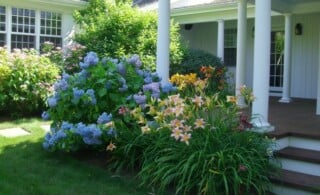 Spring Garden Flower Tips and Suggestions
Spring Garden Flower Tips and Suggestions 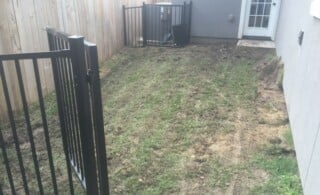 Plan Ahead for a Better Yard
Plan Ahead for a Better Yard 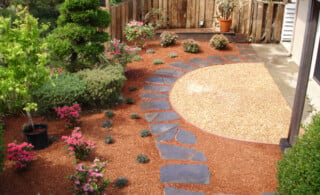 Dry Well Cleaning & Maintenance Tips
Dry Well Cleaning & Maintenance Tips 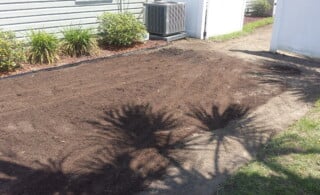 Soil Engineers & Testing
Soil Engineers & Testing 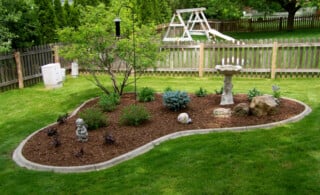 The Basics of Landscaping
The Basics of Landscaping 

Are You Familiar With This Topic? Share Your Experience.